“Go to Lago di Orta,” one of my friends told me. “It’s smaller than the other lakes, less packed with tourists and has the most enchanting little island in the middle.”
And so I took the two-hour train from Milan, booked a room right in the small center of Orta di San Giulio and went out to the docks to buy a ticket out to the tiny island in the center of the lake, “Isola San Giulio”. They’re small boats – not the same ferries you’ll find on Lake Como or Lake Garda – just big enough to fit 15-20 people on banqueted seats around the edge and on a long bench in the middle. The fare is €4,50 round-trip (May 2015) and is the only fare most of the boats offer. All day long they shuttle tourists back and forth to the island that looks so close to the shore, you could probably swim there.
As we approached the island the boat swung out to the right to go around to the small port and I tried to imagine the island as St. Julius (San Giulio) would have seen it in 390AD. He and his brother had been wandering around the Mediterranean converting pagan sites into Christian churches by edict of Emperor Theodosius I. Before reaching Lake Orta, they had built 99 churches and Julius was looking for the perfect place to erect his 100th and final church.
While his brother, Julian (Giuliano), was off building a bit south of the lake, Julius came to the bank of Lake Orta where he could see the small island just a quarter mile away. It was said that snakes and dragons lived on the island (though some have theorized that the “snakes and dragons” were actually Pagans) and so no boatman would take Julius across. Not to be thwarted so easily, Julius laid his cloak upon the water, which instantly became firm like a raft, and used his staff to direct himself toward the island. Once there he expelled the snakes and dragons and decided that it was the perfect place to build his final church.
I didn’t see any snakes or dragons, just a cluster of buildings built right at the edge of the water. It was impossible to see what might lie within, the buildings were built so close together (if they weren’t actually connected; I couldn’t tell). The villas, now private residences, used to house priests who lived on the island. In 1763 each was given the name of a saint so they could be more easily referred to and located. Inside the ring of buildings, somewhere in the center of the island, would be the 12th century basilica (which replaced a 5th century chapel that had been constructed on the same spot) and a Benedictine abbey where nuns still reside in prayer and study and are known for their skillful restoration of valuable church vestments.
The boat pulled up to one of two narrow, wooden docks and the ship captain lent each of us a hand as we disembarked. The only entrance to the island seemed to be through a small, arched doorway at the top of a set of stone steps. Next to it was a dark sign featuring an outlined map of the island and a phrase in four languages, “The Island of Silence Welcomes You.” Curiosity piqued and anticipation tangible, I went in.
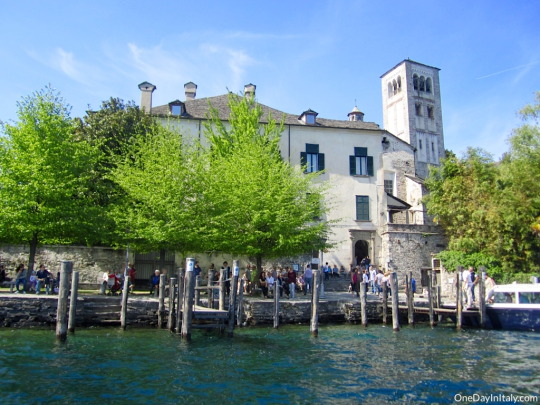
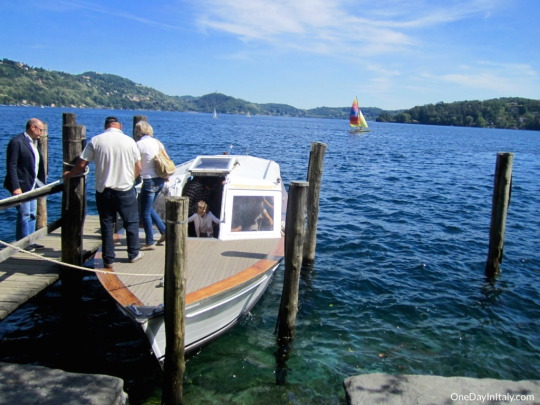
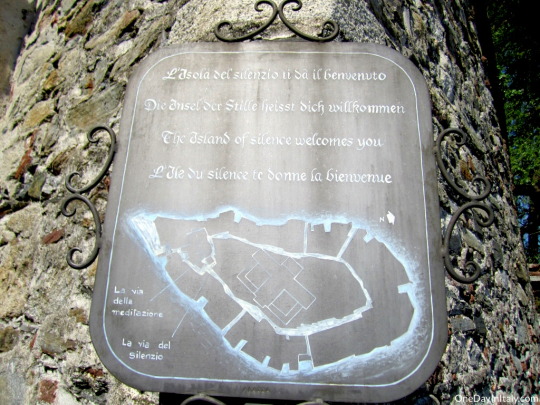
Immediately I was faced with the entrance to the renowned Romanesque basilica (and the gift shop!). Visitors are asked to refrain from taking photos and the small church was surprisingly crowded, so I made a quick loop around the edge, admiring the incredible frescoes and stunning marble carvings, before heading back outside to discover the rest of the island.
To my left was another dark sign, inscribed in four languages: “The Way of Silence.” I’m a big fan of silence. Silence and introspective meditation. And so I was even more delighted when I took a few steps to my right and saw a similar, dark sign, this one marking “The Way of Meditation.” My stomach made the decision of which way to go – the only restaurant on the island was to the left and it was already 3pm; I was hungry.
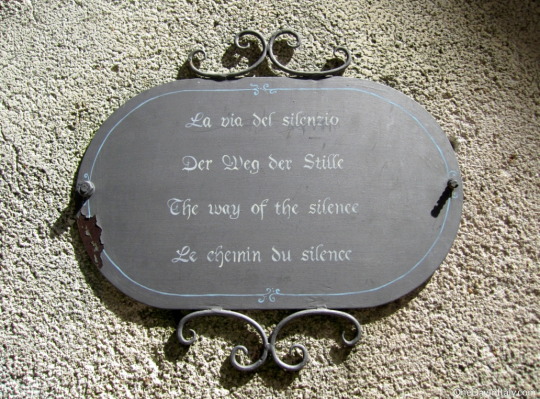
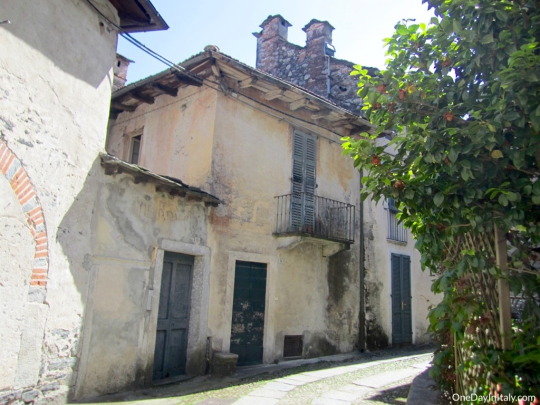
Unfortunately, when I arrived I was told that the restaurant was full and not seating any more today. When the woman at the bar saw my obvious disappointment (and perhaps she could see the hole beginning to gnaw its way through my abdomen?) she handed me a snack menu and ran downstairs to check with the kitchen to see if they could make me a piadina, a typical Italian “sandwich” made with a thin, flexible flatbread. Perhaps it was the circumstances, but it might have been the best sandwich I’ve ever eaten.
After my quick bite, I continued down the Way of Silence. I went a few hundred feet before realizing that there were more dark signs posted at intervals allow the cobblestoned path that ran a ring around the island, on the opposite side of the buildings I had seen from the boat. This path acted as both the Way of Silence and the Way of Meditation; on one side of the sign was posted an inspirational phrase regarding silence, on the other a phrase to aid in meditation.
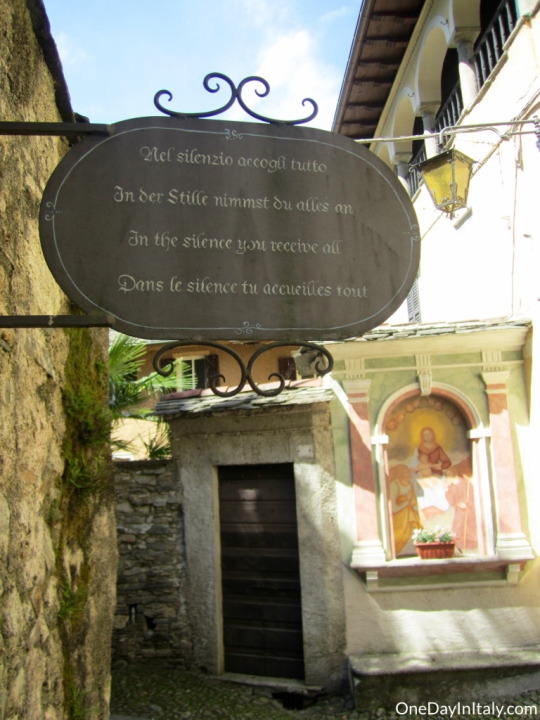
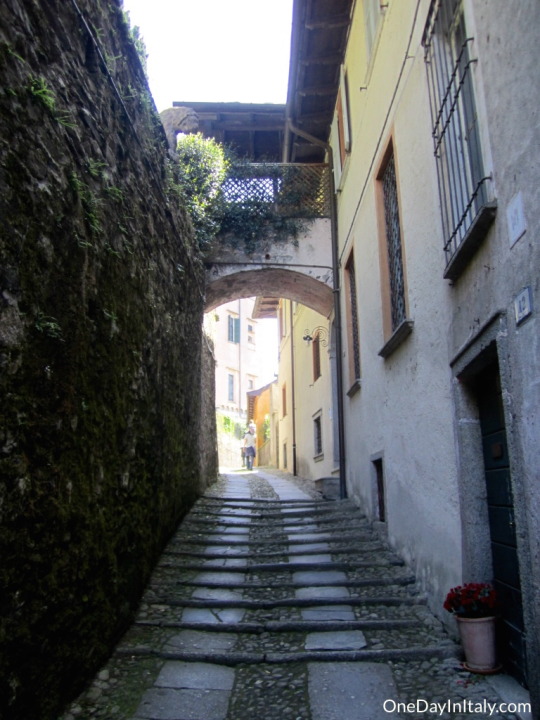
The path was about one car-length wide, though I didn’t see and couldn’t imagine there ever being any cars on Isola San Giulio. For much of its curved length it was cool and dark, shaded by the buildings rising up on one side and the monastery (or rather, the outer wall of the monastery grounds) on the other. Occasionally the path angled up or down, gradual and easy. The most amazing thing to me, though, was that it actually was silent! The hustle & bustle that had surrounded the basilica and restaurant disappeared around the next bend to leave you with the simple tranquility of the island. I only saw a few people as I walked, everyone respecting the intent of the path, just as the buildings themselves seemed to radiate an air of silence. There was no detectible noise or movement behind the dozens of doors and windows looking out onto the street. The Way of Silence was silent.
And short. Even taking my time, in less than ten minutes I had completed a loop and reached the entrance of the basilica once again. There had been no parks or benches along the way in which to rest or “meditate”. I decided to walk back along the “Way of Meditation”, simply to extend my visit, before exiting through the narrow, arched door and boarding another of the boats that ran back and forth to Orta all day long.
A few minutes later I was back in Orta’s picturesque main square, sipping an Aperol Spritz and gazing back out at the magical little island that, even though I had just explored all there was to explore, still seemed to whisper across the lake that it held secrets yet uncovered.
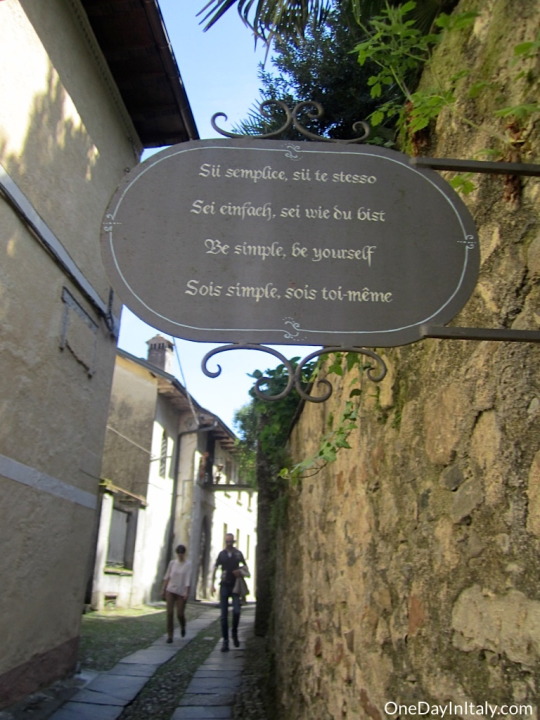
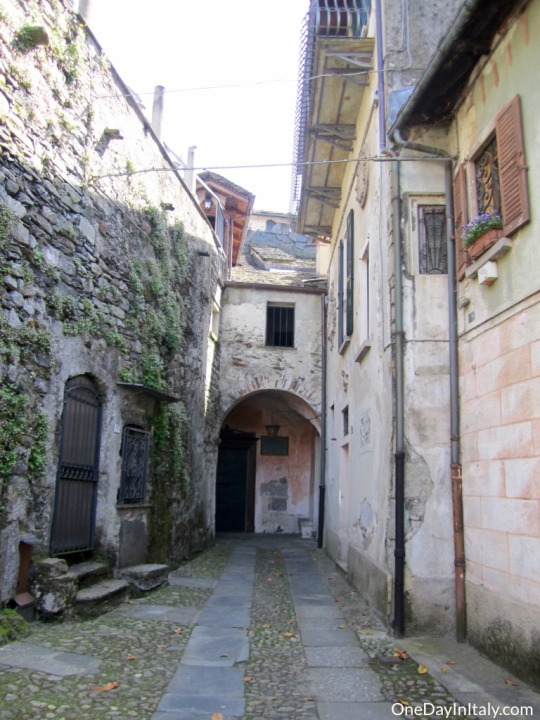
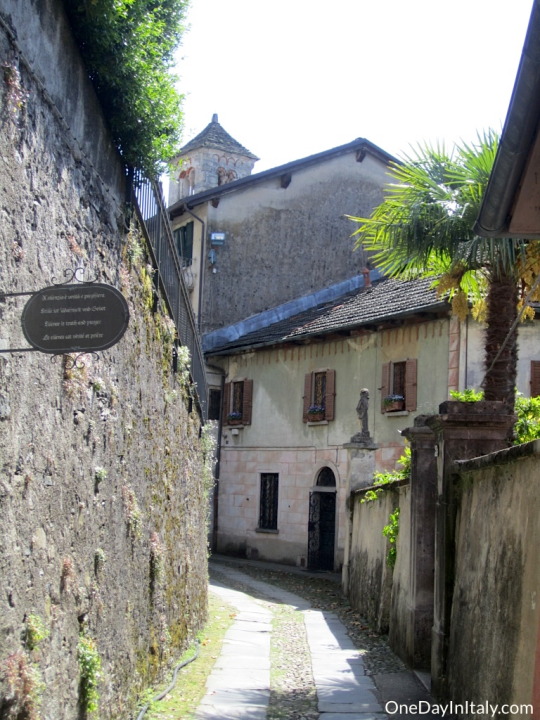
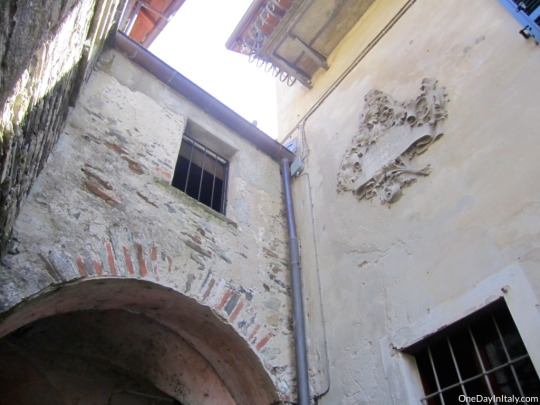
Comments
comments











Leave a Reply